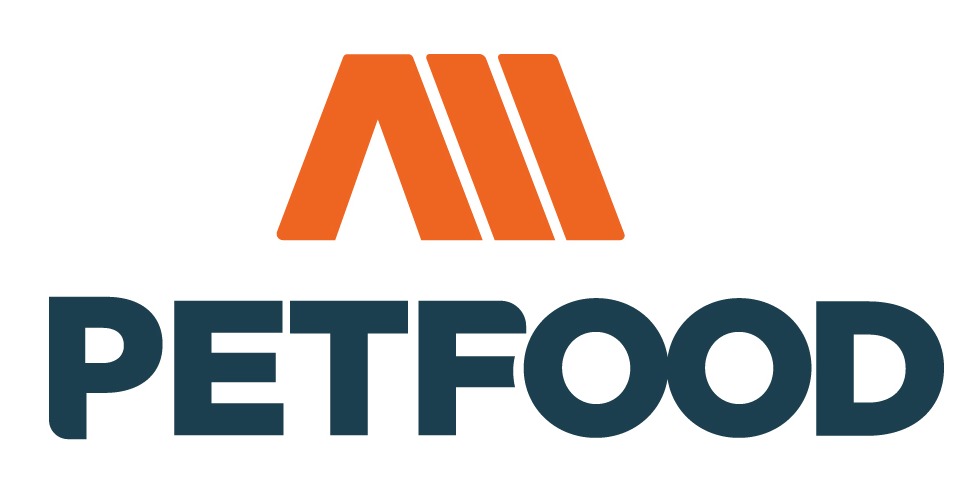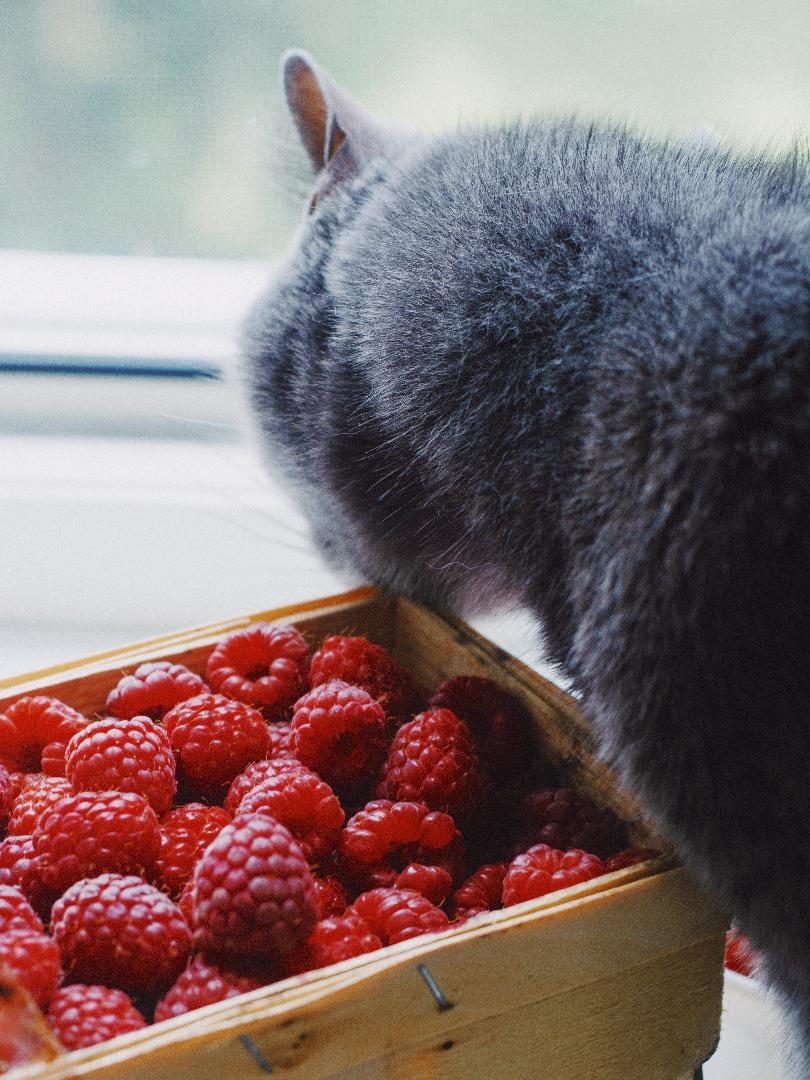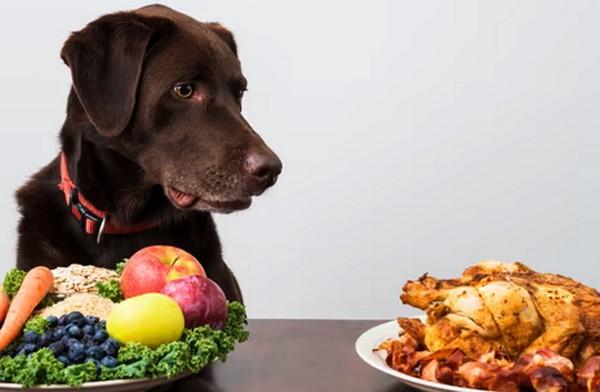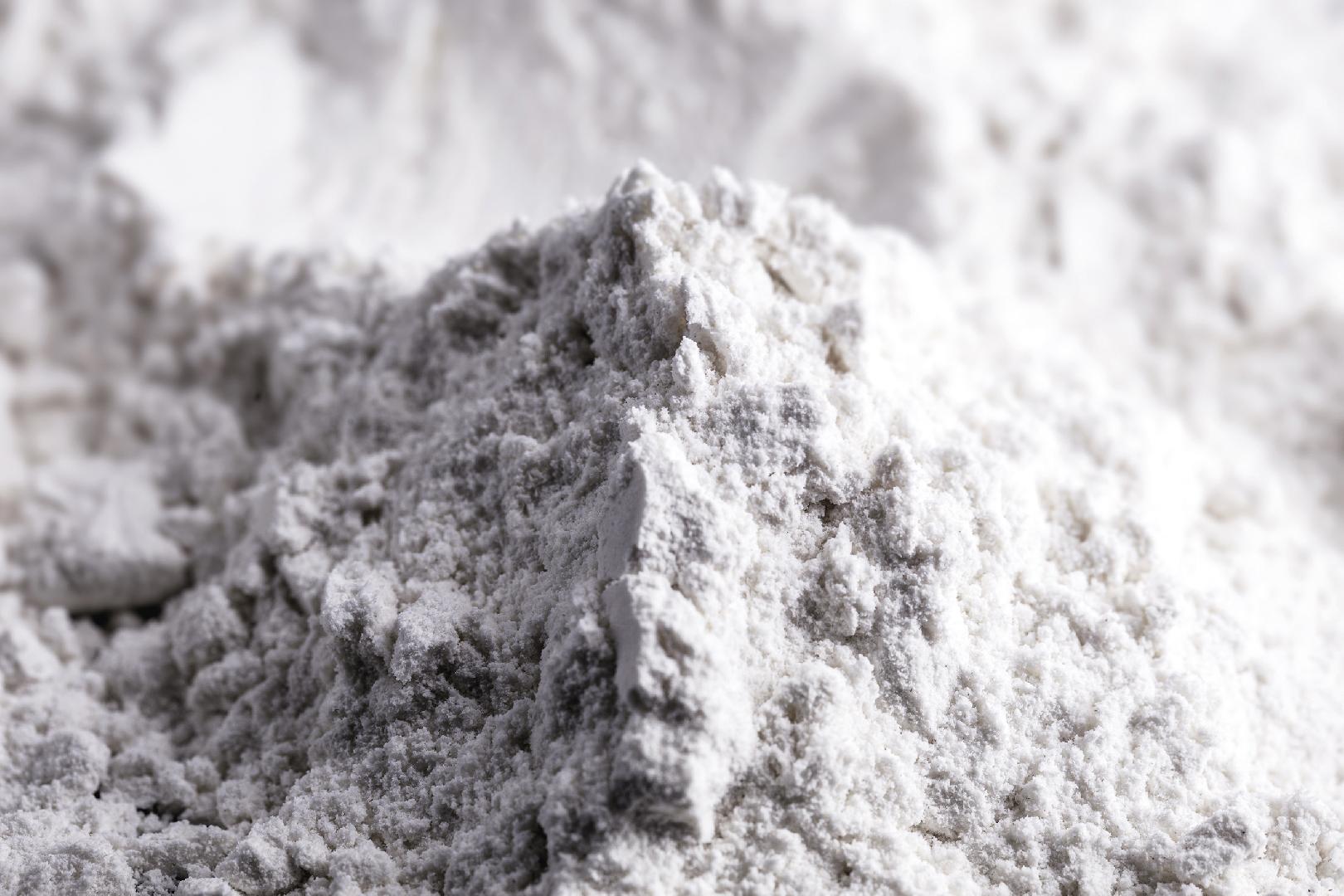Can vegetable protein replace animal protein completely on a Pet Food formula?
'Pet foods with a higher content of plant-based ingredients provide a sustainable, ethical and environmentally friendly option for pet owners,' says Jennifer Adolphe, Nutrition Manager at Petcurean.
Yes, studies affirm that it is necessary to look for fewer polluting options for the meat industry, but the question that arises is: does vegetable protein provide the same nutrients? How safe is it to remove meat protein from animals that are essentially carnivores?
In this article we deepen into the debate about whether pet food can (or should) be 100% vegetable or not. We will review the different aspects of this debate that, beyond nutritional, it is also moral for each of the future consumers, and we will focus on the cases in which a food based on vegetable protein is recommended or preferred.
Nowadays, speaking globally, you can already find foods with formulas 100% of vegetable origin, that is: strictly vegan foods, which do not contain any type of ingredient of animal origin. There are also some intermediates, which can be considered "vegetarian", in the sense that most of their ingredients are of plant origin and not animal.
Which is the industry challenge?
Compared to the manufacture of food for humans, the big problem is that, when it comes to feeding pets, balanced food must be perfectly designed to be "complete and balanced." All the nutrients, vitamins and proteins that a dog or cat needs have to be in the food (and in the right proportions).
What happens with humans is that we consume a very varied diet every day, so if a food has a certain nutritional imbalance, we do not even know it because we supply it, in most cases, with the nutrients of another food.
Instead, pet owners feed the same food for years, if they are satisfied with it.
So if cats and dogs are carnivores, how do we get meat protein out of their diet?
Well… yes and no. They are and they are not.
Cats are obligated carnivores: they need to consume meat to develop. They can eat other foods, but they do need meat, simply because they cannot efficiently digest all the nutrients in plant matter.
In contrast, a scavenger or facultative carnivore, such as dogs, is the animal that consumes meat as its main food, although it could survive only on plant matter.
Yes. Survive. Not develop, that is, grow vigorously.
Dogs could exist on a properly balanced meatless diet, although most would rather not.
Cats, for their part, require meat products in their diet due to their need for taurine and their inability to convert carotene to retinol.
Hence the great moral debate arises:
A dog could be fed vegetables and grains, but would you be deciding for him (and against his instincts), considering that, most likely, he would choose a piece of meat to a serving of legumes?
What are the nutritional requirements of a dog and a cat?
Dogs and cats need twenty-two different amino acids to fulfill the functions necessary to develop properly. Of these 22 amino acids, the dog can produce 12, and 10 are nutritionally essential. In the case of the cat, 11 amino acids are essential.
This means that we, from the industry, are responsible for providing through food the missing amino acids, such as:
• Arginine: stimulates the immune system, induces the release of growth hormone and supports the liver.
• Histidine: releases histamines, is associated with pain control, and widens small blood vessels to stimulate the stomach.
• Methionine: helps the functions of the gallbladder, prevents fat deposits in the liver and balances the pH of the urinary tract.
However, there are certain essential amino acids for dogs and cats that, very often, are not present in plant proteins. Some of them are: arginine, taurine, methionine, lysine and tryptophan.
This leads to the conclusion that when considering creating a plant-based formula to meet the demands of this market sector, it is essential to consider the difference between the various amino acid profiles of plant and animal proteins.
It is because of these different amino acid profiles that animal protein has historically been considered "complete", due to the fact that vegetable protein (such as grain, corn gluten or soy flour) does not contain all amino acids by themselves (properly proportioned) necessary for the proper development and growth of a dog and / or a cat.
Does vegetable protein have any advantages?
The digestibility of plant proteins depends on two main factors: their source and the processes by which they are incorporated into pet food. For example, if they are undercooked or overcooked they can lead to digestibility problems, but if they are handled correctly, they can be as valuable and digestible as animal protein. For example, isolated soy protein, hydrolyzed soy, corn gluten and wheat gluten are purified sources of highly digestible plant proteins. Wheat gluten has been shown to be nearly 10% more digestible than beef.
This brings us to the main benefit of plant protein: a food based on plant protein is recommended for pets with gastrointestinal problems or diseases.
This is mainly because undigested proteins can overstimulate the gastrointestinal immune system, increasing the risk of causing a food intolerance (allergy). Likewise, an undigested protein can also promote the appearance of bacteria that are harmful to the colon and the pet, as a result of the fermentation of these proteins, which brings a strong fecal smell, flatulence and diarrhea.
It is proven that humans suffering from liver disorders and susceptible to hepatic encephalopathy (HE) they lean on vegetable or dairy proteins rather than sources of meat protein, as it helps them control symptoms and maintain natural body condition. In correlation, there is evidence that similar nutritional choices for HD dogs were beneficial, given the change in blood ammonia concentration that occurs when leaving a meat protein-based diet and replacing it with plant protein.
In the case of pets that suffer from EPI (exocrine pancreatic insufficiency) and skin diseases, a diet based on hydrolyzed soy and rice protein is suggested specifically, since it could significantly improve their clinical condition.
The latest discoveries related to animal protein
- Soy, which is high in protein and has an amino acid composition similar to that of meat, has been found to be more complete than previously thought. Research and studies continue on how to enhance its digestibility.
- Wheat gluten has been found to be high in crude protein and digestible, which is why it is increasingly included in diets in Europe or the United States.
- Recently, corn gluten meal was identified as a highly digestible vegetable protein suitable for use in a canine diet.
In conclusion
The fact that an animal will always prefer a piece of meat to a vegetable or legume is undeniable, both by us, who create and improve the products of the pet food industry, and by the owners themselves. It's their nature.
Even thought, more and more owners decide for options with more and more plant ingredients, due to an anti speciesist issue (that is, no animal species are more valuable than another), and sustainable (meat production consumes many natural resources).
Because of that, from our sector, we have to be up-to-date regarding trends and new market demands, in order to develop products that satisfy their wishes and, in turn, increase the profitability of both manufacturing companies and companies input suppliers.
Tell us your opinion about vegetable protein.
Do you think this type of food will be successful?
We read you.
By: All Pet Food






























Leave a comment